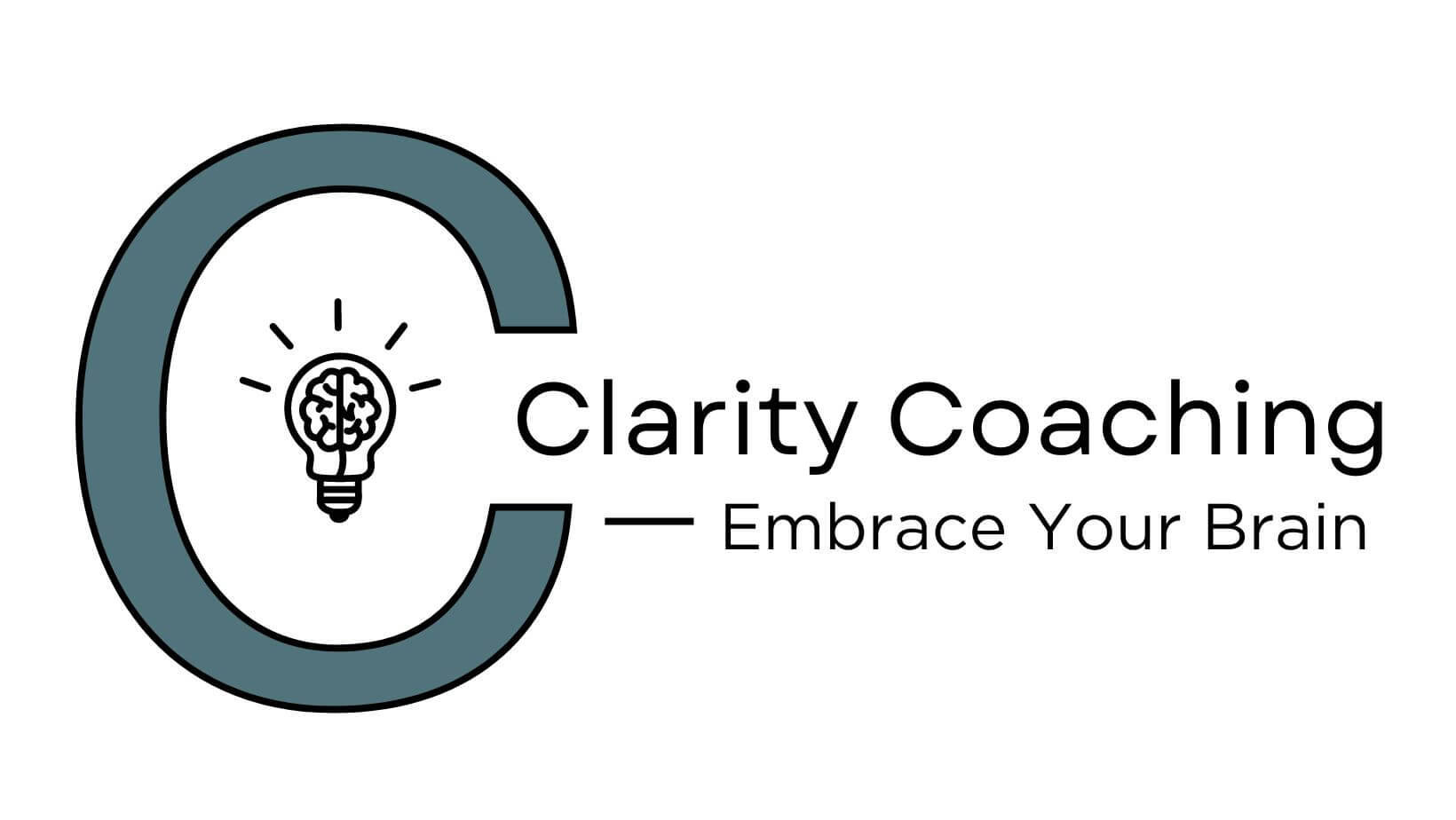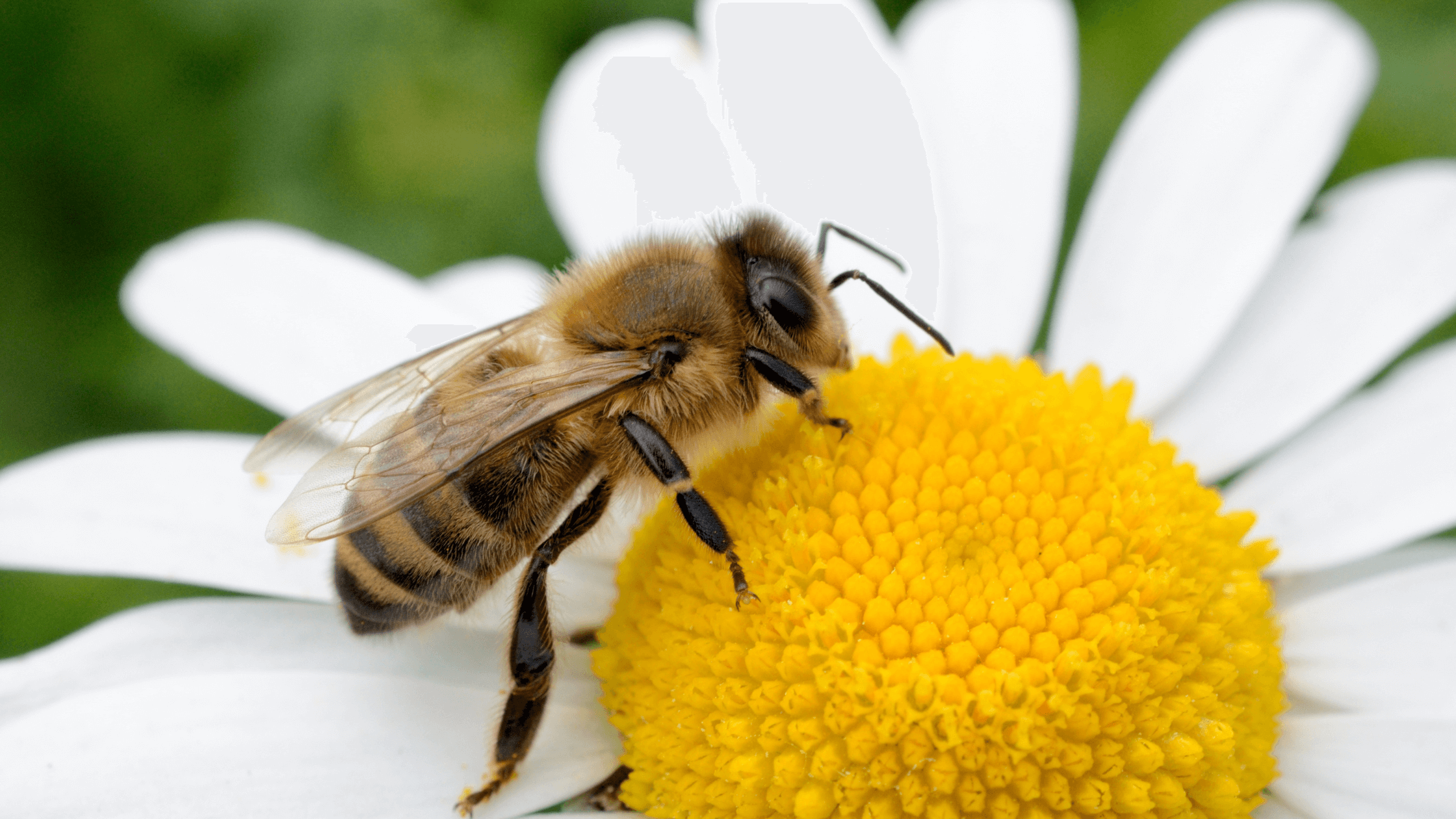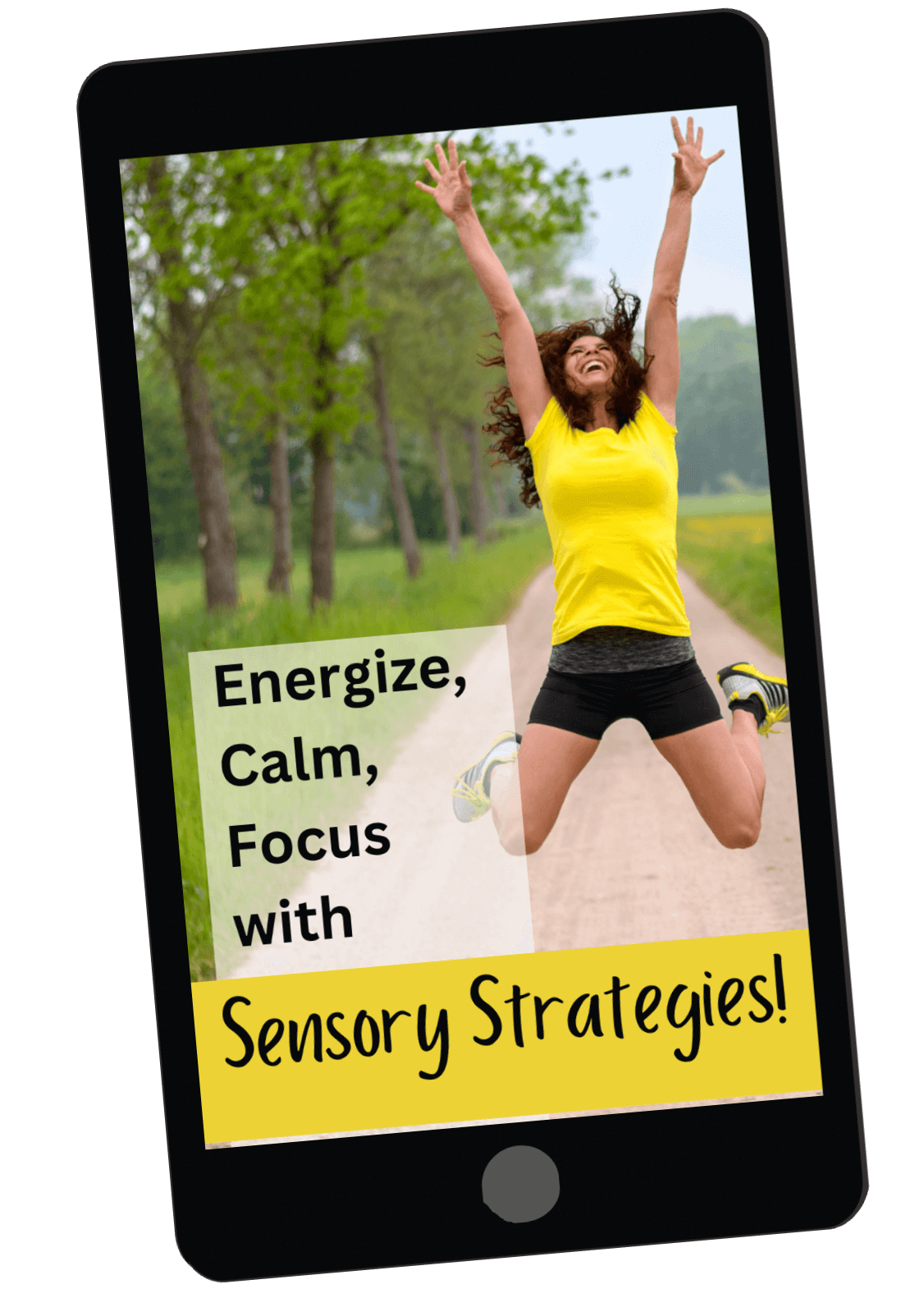Navigating the world with ADHD often involves developing a skill known as masking, where individuals suppress their true selves to fit in. This practice, however, can lead to burnout and disconnection. The blog post delves into the distinction between masking and problem-solving, using relatable examples like interrupting conversations and classroom stimming. Instead of silencing one's traits, it advocates for a collaborative approach, emphasizing creativity and empathy without self-censorship. Personal anecdotes illustrate the profound impact of masking, highlighting how it sometimes blocks authentic connections and opportunities. As the article encourages, understanding and embracing one's ADHD traits can lead to more genuine interactions and a better balance between self-expression and social harmony.
Read more...When you're emotionally overwhelmed, the decision making part of your brain signs off and the reaction part takes over!
If you have ADHD, your nervous system might become dysregulated often, so even small stressors can feel like emergencies. The result? Reacting rather than choosing- which can put you in the path of much more significant "threats".
Hi, I’m Donae—occupational therapist and executive function coach—and in this post, I’m sharing a metaphor that helps explain emotional dysregulation: The Bee and the SUV.
The Bee and the SUV
Years ago, my daughter was terrified of bees. One day, a bee buzzed near her head, and she panicked—running straight into traffic. She wasn’t thinking about the SUV coming toward her. She was reacting to the perceived threat of the bee.
Would a bee sting feel good? Nope. Would it feel better than getting hit by an SUV? My guess is yes.
ADHD brains often work like this. We get overwhelmed, overstimulated, and threatened—not just by physical danger but by social discomfort, fear of failure, rejection, or confusion. In those moments, our nervous system is hijacked.
We're not deciding. We’re reacting.

Expanding Your Definition of Threats
A threat isn’t always physical. It can be:
- Feeling judged or left out
- Fear of letting someone down
- Uncertainty about a task
- Being asked to stretch beyond your limit at work or home
And when your nervous system perceives that threat—even unconsciously—it triggers a reaction meant to keep you safe. That reaction might be:
- Saying yes when you want to say no
- Lying to avoid upsetting someone
- People-pleasing at the cost of your own time or energy
- Shutting down completely
Reactions, by their nature, on NOT well thought out responses, so we need to challenge them when we can!

Real-Life Example
One of my group coaching clients recently shared that she agreed to help with a project she had zero capacity for. She felt relief in the moment—because she was subconsciously soothing the fear of not being seen as valuable. Ten minutes later, she was overwhelmed and resentful.
She couldn't understand why she was sabotaging herself. When we dug a little deeper, she realized that she wasn't actually trying to self destruct; she was reacting to the very real threat of rejection.
What’s the Bee? What’s the SUV?
When you’re activated, pause and ask:
- What am I trying to avoid?
- What am I afraid of?
- Is this discomfort (the bee)… or is this something with lasting consequences (the SUV)?
This mental check-in can shift you from reaction to reflection.
Why This Matters
Unaddressed emotional dysregulation can lead to:
- Overcommitment
- Broken trust (in others and yourself)
- Avoidance of tasks that are important
- Shame cycles that make change even harder
But when you know what’s going on—you can work with your brain, not against it.
If this resonates, you’re not alone. ADHD doesn’t mean you’re doomed to run in front of the SUV—it means you need strategies that are wired for you.
👉 Want personalized support? Learn more about 1:1 and group coaching https://theadhdclaritycoach.com/page/coaching-services].
Need more support ?
I can help!
With ADHD, "just do it" might be one of the most frustrating pieces of advice we can hear. The truth is, starting is often the hardest part, especially when a task feels boring, overwhelming, or dreaded.
In my work, I often help clients explore how to begin in a way that works with their nervous system, not against it. Two of my favorite tools for beating procrastination are:
Eat the Frog
This strategy comes from a Marl Twain quote: the idea is that if you have to eat a frog, do it first thing in the morning.
Translation? Start with your most dreaded, energy-draining task in order to get it over with. For ADHD brains, this can be powerful because it clears mental clutter and frees up energy.
But it’s not about forcing yourself. Eating the frog works best when you intentionally plan for it; also when your energy aligns and you have the right support around you (think: music, body doubling, or a cozy environment).
Low Hanging Fruit
This approach is about doing something easy and within reach in order to build momentum. It's not about avoiding hard things, it's about priming your brain for action. The key difference between this and "procrastivity" (aka busy work to avoid discomfort) is intention.
For example, tidying your desk to ease into your day can be strategic. Deep-cleaning your closet instead of making a 5-minute phone call is probably procrastivity.
So... Which One Should You Use?
It depends. You might need to eat the frog one day, and grab low-hanging fruit the next. The important thing is to stay curious and experiment with what works for you.
Ask yourself:
- Why am I stuck?
- What kind of discomfort am I avoiding?
- What do I need right now to make this task easier and doable?
It's like getting in the pool when the water is a bit too cold. You can cannonball in or ease in gradually- both help you overcome inertia and get in that water.
Whether you're cannonballing into a task or easing in slowly, both methods can work. The common thread? You're tuning in to your needs and finding a way forward with strategy AND compassion.
Want more support?
Here's how I can help:
Learn more about 1:1 coaching, schedule a free intro call, and discover my group coaching programs here!
Need more support ?
I can help!
The Ta Da List
If you have ADHD, you know the feeling: you never stopped doing things all day bu can't remember what you actually got done. The day is gone and you feel unsatisfied, frustrated, and even defensive.
Enter the Ta Da List.
Unlike the typical "to-do" list that often leaves us feeling behind, the Ta-Da List flips the script. It’s a simple practice where you list everything you did accomplish—whether it was planned or not.

Why it works
- Dopamine Boost: ADHD brains thrive on dopamine. Acknowledging wins, no matter how small, gives your brain the positive reinforcement it craves.
- Improved Time Awareness: Writing down what you did helps you see how long tasks really take, improving your internal clock.
- Perfectionism Detox: Many people with ADHD struggle with black-and-white thinking. The Ta-Da List helps highlight the gray—the progress, the effort, the real success.
- Motivation Multiplier: Instead of ending your day feeling defeated, you’ll end it with clarity and celebration, which naturally builds momentum.
How to Do It
- Write what you've accomplished down at the end of each day (digital or paper).
- List everything—big and small.
- Bonus: Say “ta-da!” when you finish. (Or at least take a few seconds to look at your list and feel satisfied- you probably did more than you realized!)
Remember: Productivity is about progress, not perfection. Start celebrating what you did, and watch how your energy shifts!
__________________________________________________________________________________________________________________________________________
Want more help working with your brain? Here's how I can help:
Sign up for bi-weekly ADHD coaching tips here.
Learn about my group and individual coaching services here!
Need more support ?
I can help!
If you’ve ever been told to “just calm down” during a moment of high emotion, you already know how useless that advice is. Emotional regulation isn’t about suppressing feelings or being quiet and it's not a "choice" we make.
In fact, I've worked with plenty of people who are seen as "calm and collected" when they're actually quietly shutting down and struggling to function due to emotional overwhelm. We can't always see emotional dysregulation in others!
Regulating our emotions means we can experience the full range of our emotions without getting hijacked by them. For people with ADHD, this is often one of the hardest and most misunderstood challenges that we face.
My Pyramid Approach to Emotional Regulation
I use a tool with my clients to help them manage big emotions: the Emotional Regulation Pyramid.
This three-level framework helps us identify what tools are needed depending on how overwhelmed we feel. If they we're relatively calm, we can choose tools from all 3 layers of the pyramid. If we're about to blow or shutting down? Choosing a strategy from the base of the pyramid is the way to go!
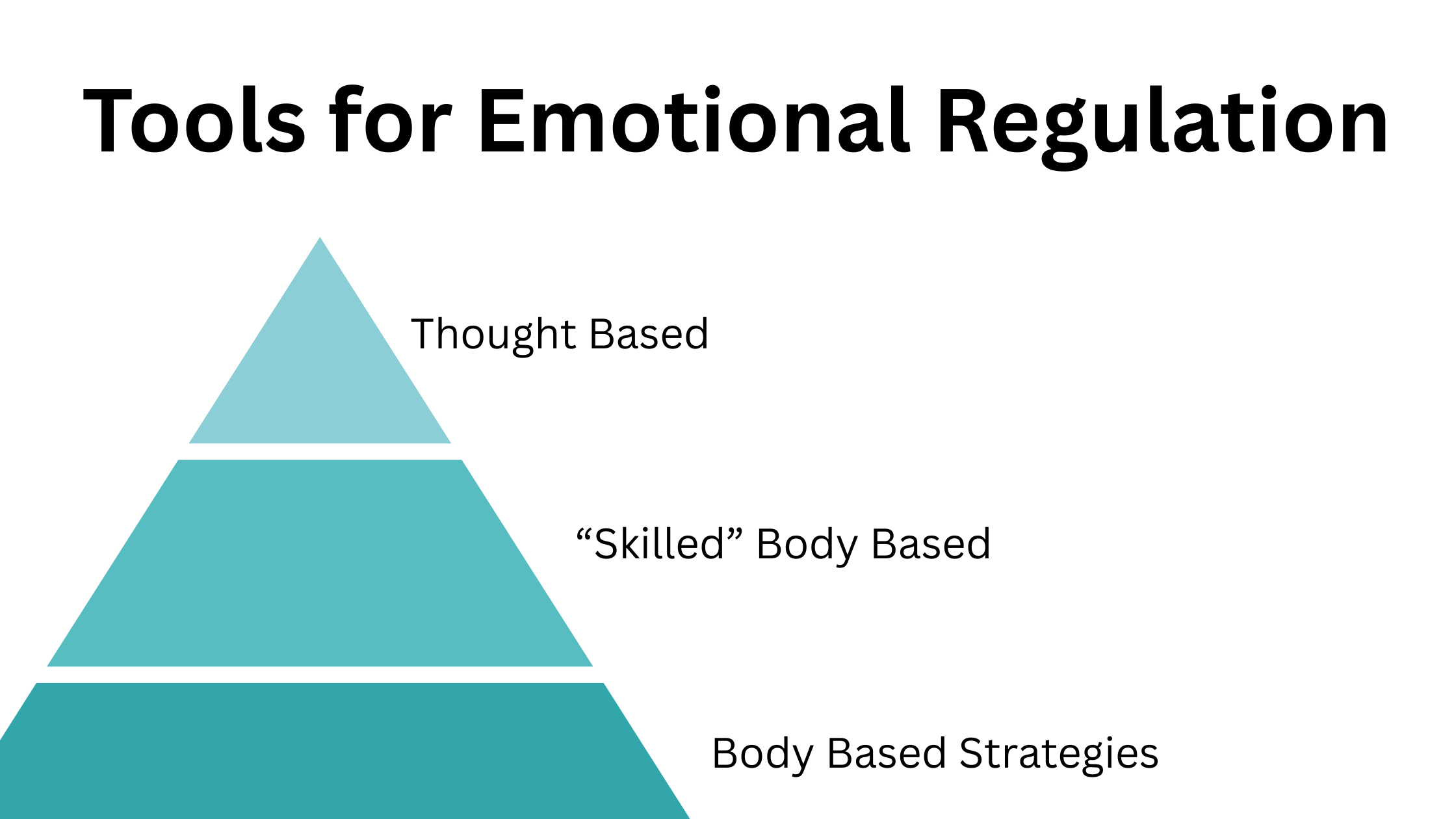
Here's a quick overview:
1. Body-Based Strategies (Bottom of the Pyramid):
These are immediate, physical tools that require no mental effort.
Examples:
- Rocking, squeezing a stress ball, walking
- Proprioception (pushing/pulling, joint compression)
- Ice water “diving reflex” trick
Why it matters: When your nervous system is overloaded, you can’t think clearly—and these tools help bring you back to baseline.
2. Skill-Based Strategies (Middle of the Pyramid):
These require practice but are powerful. That means there can be a little friction when using them, especially if we're new to the strategies.
Examples:
- Action-based mindfulness (e.g., mindful walking or dishwashing)
- Paired sensory + breathing techniques
Many people with ADHD feel like mindfulness or breathing don't work for them—and they may not if they haven't been adapted to their brain style. The key is making these engaging and accessible--and of course, practice!
3. Thought-Based Strategies (Top of the Pyramid):
The most advanced level. Requires you to already be calm-ish.
Examples:
- Cognitive reappraisal
- Naming emotions
- Thought reframing
When you’re regulated enough to think, these strategies can help you stay that way. But don’t start here—start from the bottom when you're dysregulated.
Final Thoughts
ADHD-friendly emotional regulation isn’t one-size-fits-all. You need tools from every level of the pyramid to build real emotional resilience. And remember—it’s not about never getting upset. It’s about building the skills you need to return to yourself when you do.
Want more help with regulating your emotions?
Here's how I can help:
Learn more about 1:1 coaching, schedule a free intro call, and discover my group coaching programs here!
Need more support ?
I can help!
